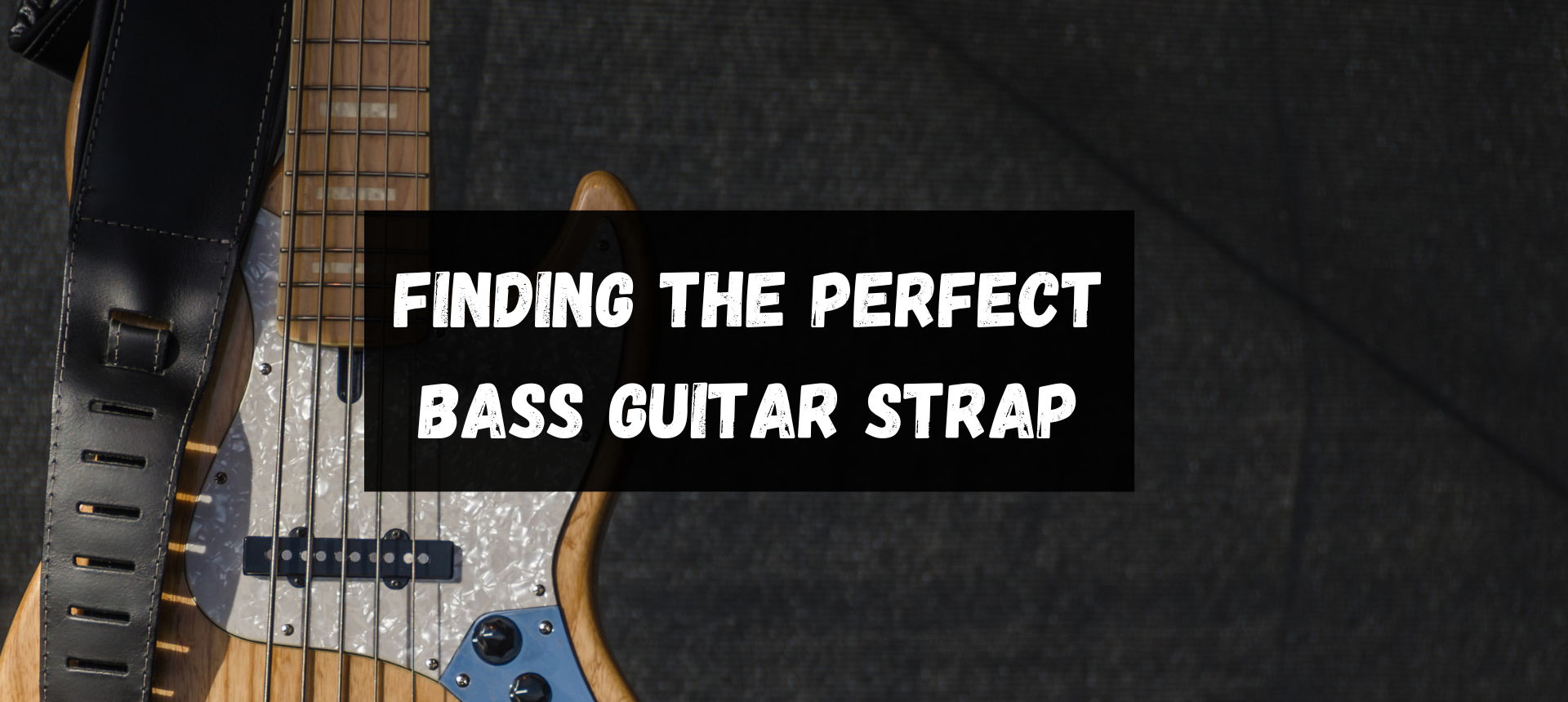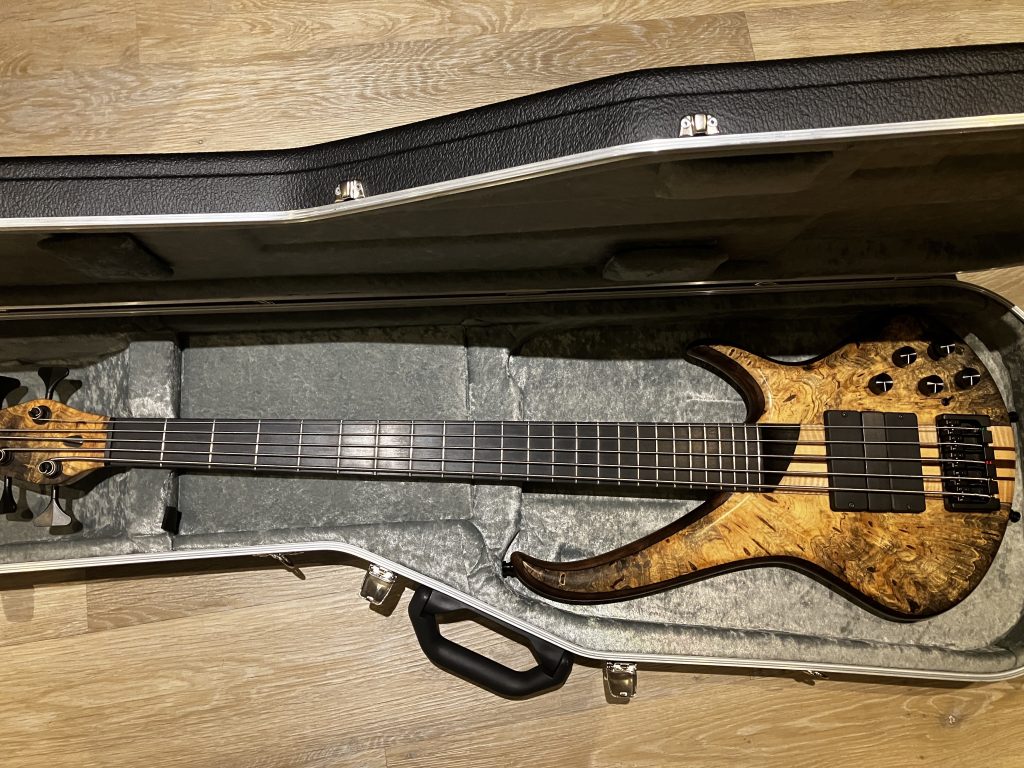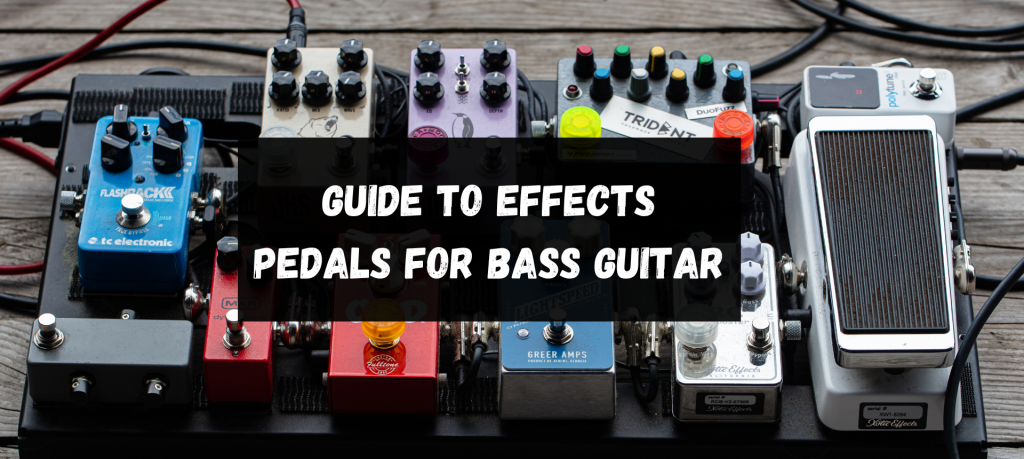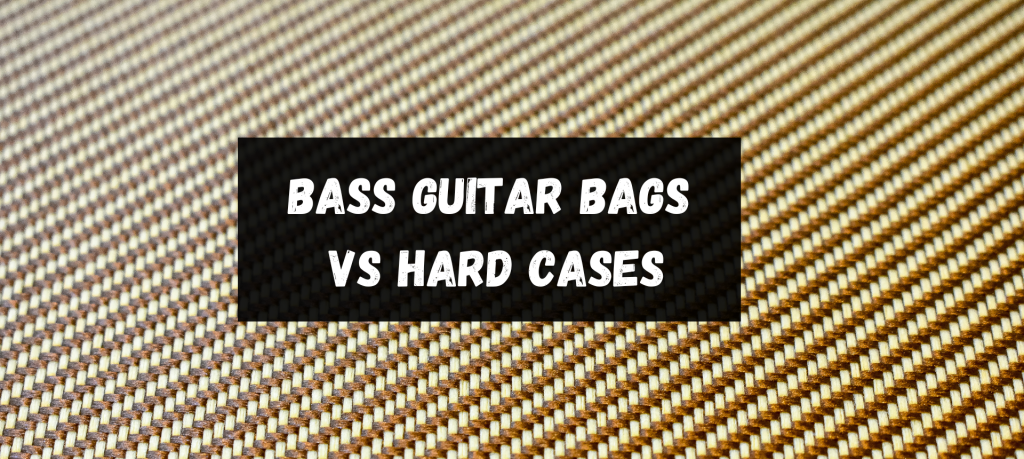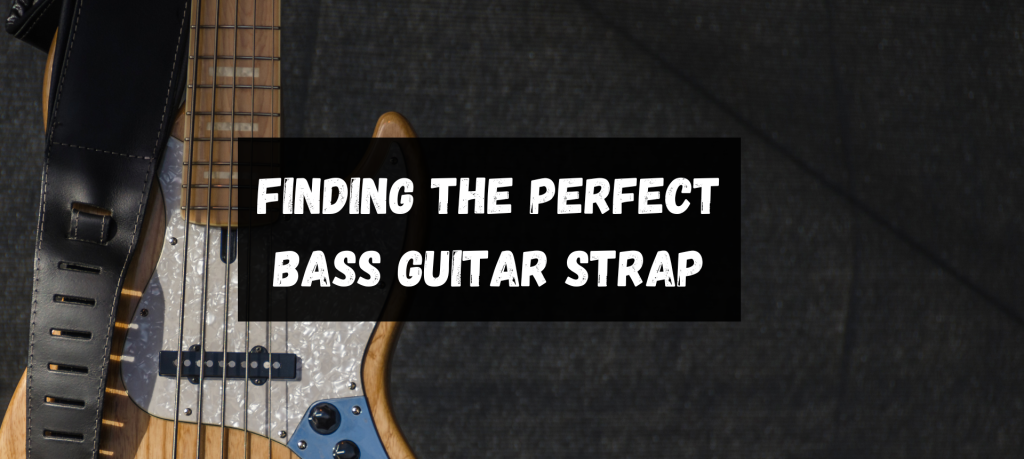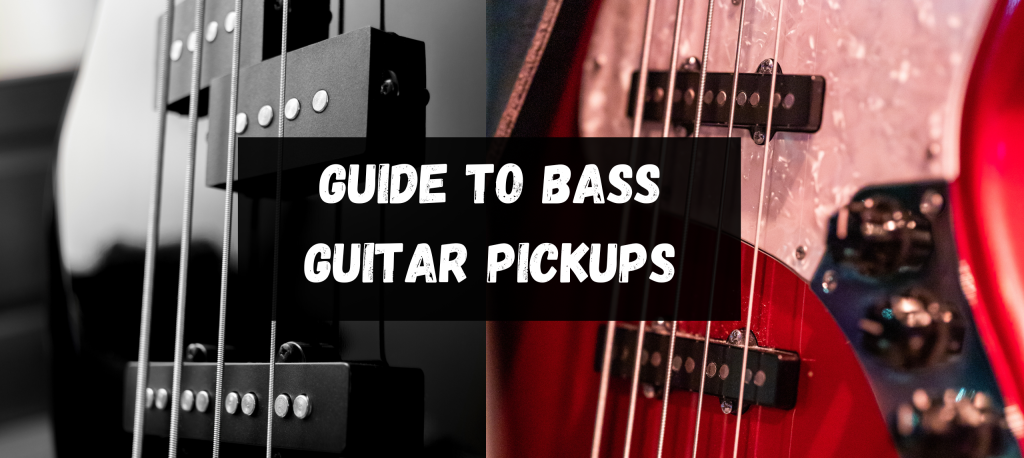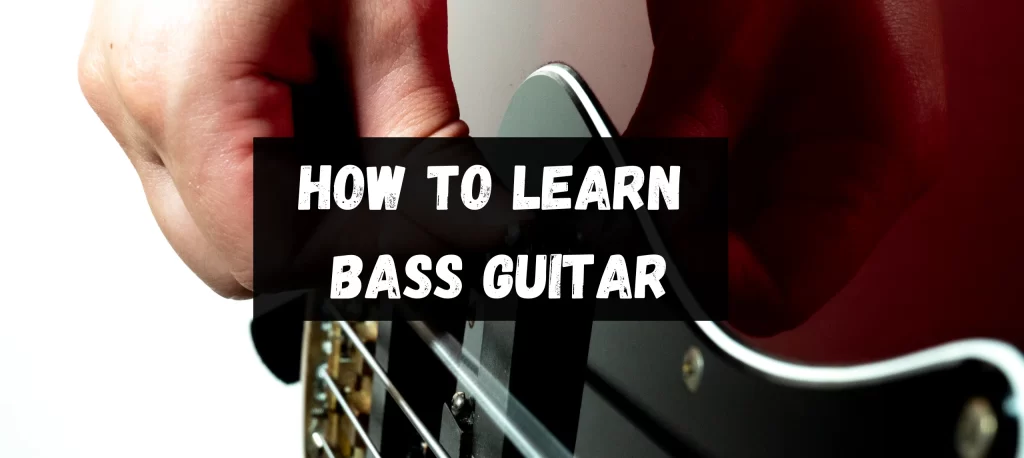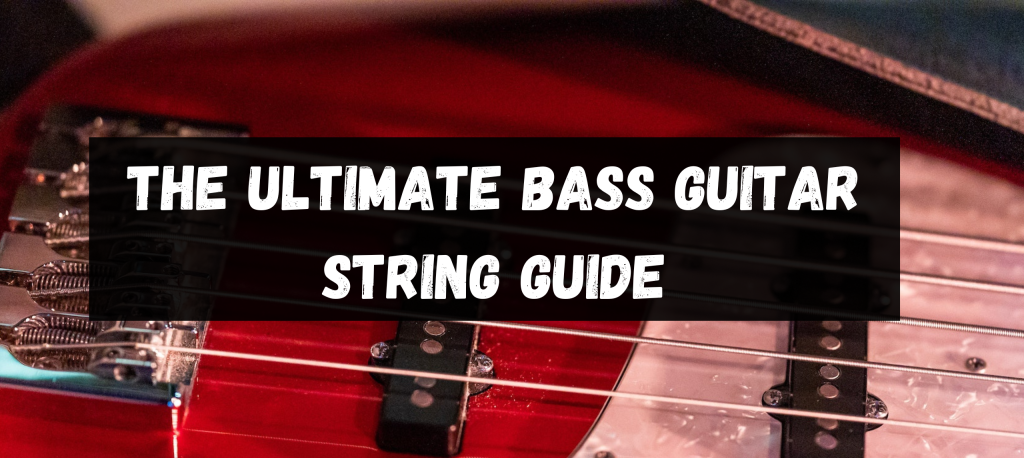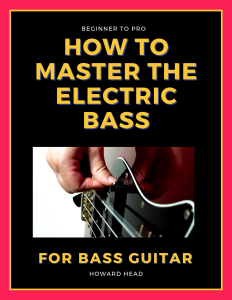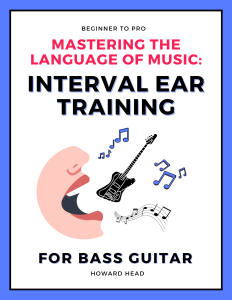March 8, 2024
Howard
The humble strap is often overlooked despite its paramount role in comfort and performance. Picture this: a marathon gig or rehearsal session where your strap begins digging into your shoulder, detracting from your play and stage presence. The right strap can significantly enhance a musician’s playability and stage presence.
In this guide, we aim to shed light on the choices available, guiding you to the perfect strap that complements your bass and your playing style.
Introduction
I’m going to begin with my experience with straps. When I bought my first bass I was told I could pick any strap on the stands, little did I know that not all straps are the same! I picked up a thin electric guitar strap (I liked the cool pattern on it), but I realised over the years that it didn’t offer much padding. This was a mistake! When the day came to buy a new strap (probably after 5 years or so) I bought a nice wide one it was really a nice weight off my shoulders! So my advice is to get a wide one to distribute the weight of a bass guitar, which is typically heavier than a guitar (so a normal guitar strap may not cut it!).
My new Comfort Strapp has foam padding, it’s wide to distribute the weight and it’s elasticated so that the weight is hanging from the strap more, rather than my shoulders. Anyways, let’s help you find your ideal strap!
Strap Varieties by Material
In musical accessories, the material of a strap can speak volumes about a musician’s personality, style, and even dedication to the craft. Let’s explore the different types to understand their unique selling points.
Leather & Suede Straps: A timeless choice offering durability
Leather straps have long been the favourite of many due to their robust nature and traditional aesthetic. Suede, a leather variant, adds a velvety touch and a unique texture. These straps, while being long-lasting, add an element of classic sophistication to a player’s ensemble.
Patterned & Coloured Straps: From blue to pink, the visual appeal of straps
Patterned and coloured straps offer musicians a chance to showcase their style. Whether it’s a vibrant red, serene blue, or an intricate pattern, these straps hold an instrument and express a player’s individuality.
Padded Straps: The comfort factor in prolonged playing
For those long gigs or extensive practice sessions, padded straps come to the rescue. Specifically designed to offer maximum comfort, they help reduce shoulder strain and ensure the player remains fatigue-free for longer.

Advantages of Using a Quality Guitar Strap
A strap might appear as a mere accessory, but its impact on a musician’s performance and health is profound.
Postural Benefits:
A well-crafted strap provides adequate support, evenly distributing the instrument’s weight across the shoulder and back. This aids in:
- Promoting an upright posture: A slouched posture can lead to back and shoulder pain over time. A quality strap helps in maintaining a natural spine curvature.
- Reducing muscle strain: Ensuring the guitar or bass rests at the right height and angle minimises unnecessary muscle tension.
Enhanced Playability:
The right strap can dramatically improve playability by:
- Ensuring stability: A quality strap keeps the instrument stable, allowing the hands to move freely without supporting the instrument’s weight.
- Facilitating mobility: For those who like to move around while playing, a good strap ensures the device moves with the player, not against them.
- Adjustability: Adjusting the strap to one’s preferred height can influence playing technique, allowing for better access to the fretboard.
Buyer's Guide: Deciding Based on Features
Different players have unique requirements, and understanding the nuances of strap features can be your compass in the vast sea of choices.
Refining by Availability and Price: Making a choice that suits your budget
The first step in any purchase decision is setting a budget. Once you’ve decided on a price range:
- Scan multiple platforms: Often, prices can vary across different sellers.
- Look out for discounts or sales: A good bargain can land you a premium strap at a fraction of the cost.
Importance of Strap Width and Material: Which is more comfortable for you?
- Strap Width: A wider strap distributes weight more evenly, reducing shoulder strain. It’s especially beneficial if you play heavy bass guitars.
- Material Matters: Leather offers durability and a classic look. Padded straps enhance comfort during extended use, while fabric or nylon straps provide more flexibility and lightness.
Brands and Customer Ratings: Trusting the experience of others
While brands like Fender and Ernie Ball are renowned for quality, it’s equally crucial to:
- Dive into customer reviews: Real-world feedback can provide insights that generic product descriptions might miss.
- Factor in ratings: A product with high ratings from numerous users typically indicates a reliable and trusted product.
FAQs on Guitar and Bass Straps
How long should my strap be?
The ideal strap length depends on your playing style and comfort. However, most straps are adjustable, catering to various preferences. My advice is that your bass strap should be set so that it is the same height when you sit down and play, as it is when you stand up. This way the bass doesnt suddenly feel alien to you when you stand up. However, for pick plays it’s arguably better to have the strap lower.
Can one strap fit both guitars and basses?
Generally, yes. Most straps are designed to fit guitars and basses, but always check the product details to be sure.
How do I care for my leather strap?
Keep it away from direct sunlight. Use leather conditioners occasionally to maintain their lustre and increase longevity.
Is there a significant difference between padded and non-padded straps?
Padded straps provide added comfort, especially during prolonged playing sessions. They’re ideal for heavier instruments or players who prefer extra shoulder support.
Conclusion
Choosing the right strap is about striking a delicate balance. It’s where the tactile meets the aesthetic, where function intertwines with form.
- Comfort First: Especially for those extensive gigs or practice sessions, a strap that distributes weight evenly and doesn’t dig into your shoulder is paramount. This seemingly minor detail can distinguish between a riveting performance and a distracted one.
- Expressing Individuality: A strap isn’t just a tool; it’s an extension of your personality. From striking patterns to subtle, classic leather, your choice can make a statement even before you strike the first chord.
The Value of Informed Choices
While picking the first strap that catches your eye might be tempting, it’s crucial to delve deeper.
- Research Pays Off: Familiarising oneself with various materials, widths, and brands can lead to a purchase you’ll cherish for years.
- Consulting the Community: Fellow musicians and customer reviews can provide invaluable insights, ensuring you recognise hidden gems.
Good luck finding yours!

Howard Head
I turn confused bass enthusiasts into bass gods through a simple and logical process.

